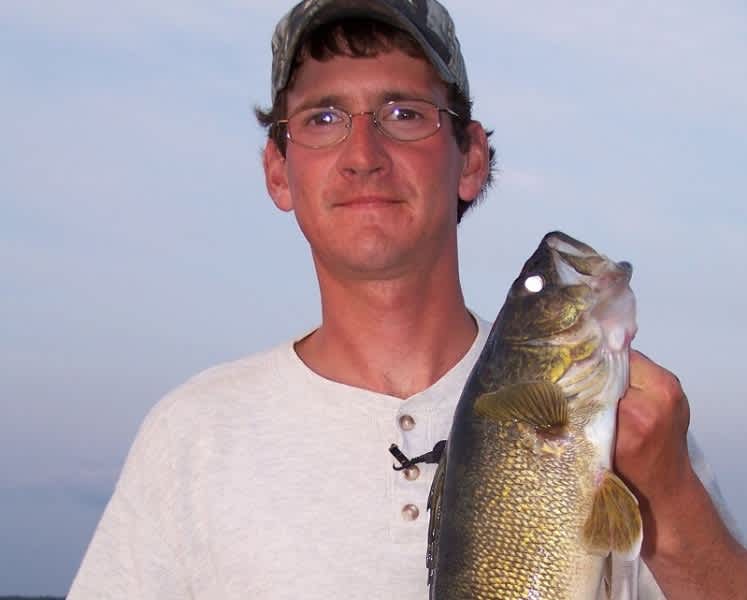How to Catch ‘Em When They Don’t Want to Bite
OutdoorHub Contributors 07.16.13


I was on Kabetogama Lake in northern Minnesota a few days ago. Kab is a world-class walleye fishery, and is also really good for perch, crappies, northern pike, and smallmouth bass. We caught a good number of jumbo perch that would have been perfect for the frying pan. We also caught walleyes, a bunch of them–some eaters, some too big. The thing is, we caught them when they weren’t supposed to be biting, at least according to general fishing concepts. Here’s what I mean.
We were fishing in mid-summer. We got on the water early in the afternoon. The sun was shining brightly, and the lake was flat: no wind. That can create some tough fishing. By doing a couple of things though, we were able to catch walleyes under these tough fishing conditions.
The first thing we did was use our electronics to find the fish. We would cruise an area with an eye on our sonar unit. We were using a Humminbird 998 with the screen split. One side revealed the structure that the LakeMaster mapping chip was displaying, the other side was on sonar. The fish can’t hide from this unit, it’s outstanding!
When we saw fish on the sonar, we would drag our live bait rigs tipped with leeches through them. Sometimes they bit, sometimes they didn’t. When they wouldn’t eat our offerings, we would slow the electric motor way down and simply sit directly over the fish. It’s important to have extra lively leeches in this situation. We stored our leeches in cool, but not super cold, water in a Frabill 1404 aerated container. This kept the leeches in fish-catching condition.
Sometimes even this slow-down presentation wouldn’t work. If we sat on the fish for a few minutes and they didn’t eat, we marked where the school was and went looking for a different group of fish. When we found them, we repeated the drill.
After fishing several spots, we returned to an area where we had seen fish previously, or where we had caught fish earlier. If they were still in the area, and they usually were, we fished for them again. Sometimes they bit on our return trip, sometimes they didn’t. Sometime during the day, we could usually take a few fish from a group that wouldn’t bite earlier.
By employing this method, we were able to catch a nice bunch of fish when other anglers were having a tough time catching any numbers. If you keep this technique in mind, whether you’re fishing walleyes, bass, panfish, or whatever, you’ll be able to catch more fish even when fishing is slow for some anglers.
To see the new 2013 episodes of Fishing the Midwest television online, go to fishingthemidwest.com. Join us at Facebook.com/fishingthemidwest.

